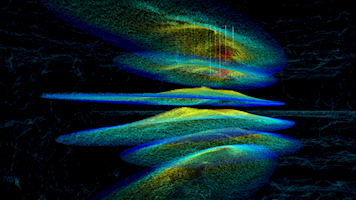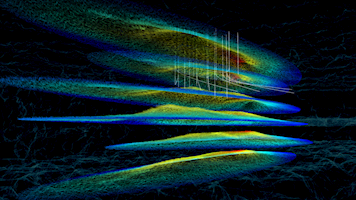There are many reasons why the Manifa oil field project is extraordinary. And perhaps more than any of our other mega-projects, it demonstrates what can be achieved when we apply creativity, determination, and our engineering prowess to delivering solutions to the seemingly impossible.
A jewel in the crown
The journey began back in 1957, when the Manifa oil field was discovered – a huge six-reservoir field stretching 45km long and 18km wide, lying in less than 15 meters of water. However, it’s not just a treasure trove of oil and gas hiding beneath the waters of the bay, but also a delicate habitat of seagrass and coral reefs. The turquoise waters are teeming with marine life, from pearl oysters to sea snakes, shrimps, crabs, dolphins and sea turtles, including the endangered Hawksbill turtle. It’s also a safe haven for migratory birds. As the oil lies just beneath these shallow waters, it presented a major environmental challenge. Conventional shallow water drill rigs could damage the fragile marine environment. A risk we weren’t willing to take.




